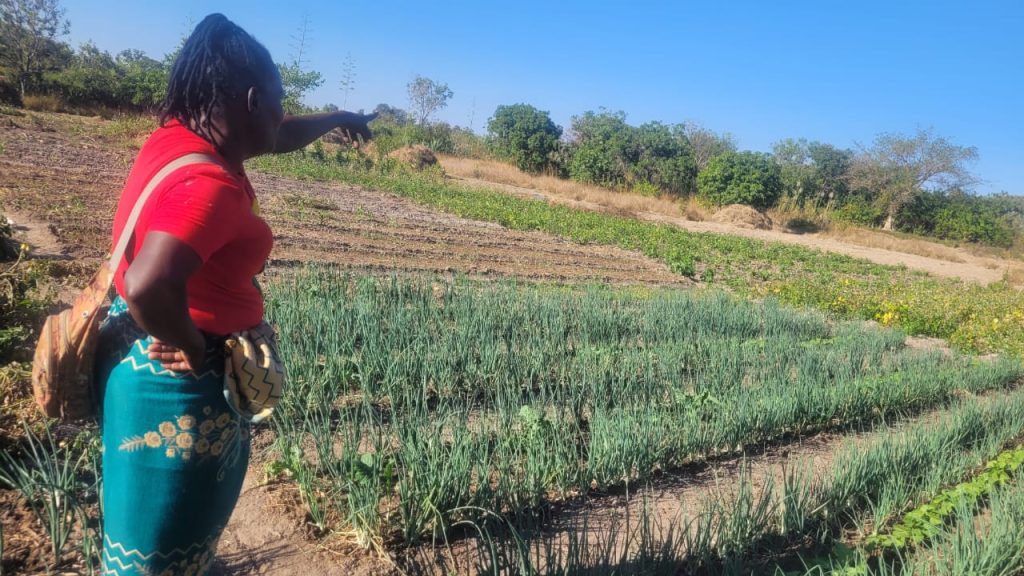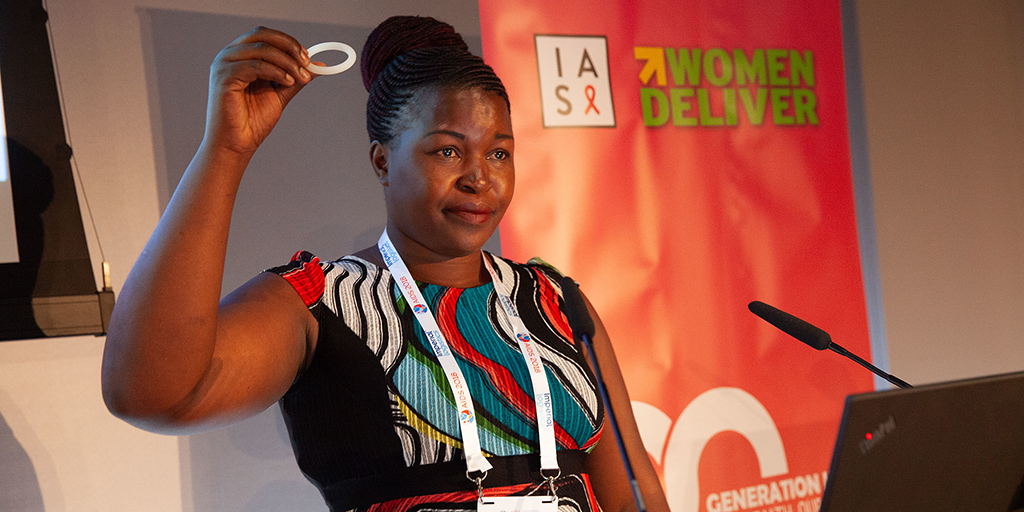DT Correspondent
The Population Council and IPM South Africa, an affiliate of the Population Council, have announced today that the dapivirine vaginal ring (DVR), an innovative product aimed at reducing the risk of HIV infection in women, has received regulatory approval through import permits in 11 countries across East and Southern Africa.
This significant development marks a crucial step forward in the fight against HIV/AIDS in the region.
Currently, the ring is being offered to women through more than 30 implementation and pilot studies spanning six countries: Eswatini, Kenya, Lesotho, South Africa, Uganda, and Zimbabwe.
By expanding access to this groundbreaking HIV prevention method, these efforts aim to empower women and protect their health.
In addition to the regulatory milestone, the Council has also announced a strategic partnership with Kiara Health through a memorandum of understanding (MOU).
The collaboration with Kiara Health is aimed at reducing costs and increasing women’s access to the dapivirine vaginal ring, making it more affordable and readily available to those who need it most.
The dapivirine vaginal ring is the first long-acting HIV prevention method designed specifically for women above the age of 18.
Composed of flexible silicone, the ring gradually releases the antiretroviral drug dapivirine directly into the vagina over a duration of one month.
This innovative approach offers women a discreet and convenient method of HIV prevention, empowering them to take control of their own health and well-being.
“Women bear the brunt of the HIV/AIDS epidemic,” said Jim Sailer, the Council’s interim co-president and executive director of the Council’s Center for Biomedical Research, the non-governmental organization spearheading the international rollout of the DVR.
“The virus is one of the biggest threats to the health and well-being of women.
“In sub-Saharan Africa, one adolescent girl or young woman becomes infected with HIV every three minutes.
“We cannot achieve the Sustainable Development Goal (SDG) of ending HIV by 2030 unless we curtail this epidemic in women.
“Women deserve multiple options to protect themselves against this lifelong disease,” he said.
Data from the World Health Organization (WHO) highlights the heightened vulnerability of girls and young women aged 24 and younger in sub-Saharan Africa to HIV/AIDS.
Infections among this demographic are three times higher than those among similarly aged boys and young men in the region.
The dapivirine vaginal ring represents a critical tool in addressing this disparity and safeguarding the health of women in at-risk populations.
Recent research has consistently demonstrated the favorable safety profile of the DVR when used by women.
Pregnant and breastfeeding women, who face significant HIV risk, are in urgent need of additional prevention options.
While the dapivirine vaginal ring is currently not approved for use in these populations, a recent study involving 207 healthy pregnant women found that the ring did not increase the rate of complications in the third trimester of pregnancy compared to background rates in the communities where the study took place.
Similarly, a separate study involving 148 breastfeeding women confirmed that the ring had no safety concerns when used during breastfeeding, further affirming its favorable safety profile as an HIV prevention method.
The ring was developed to provide a long-acting prevention method for women when higher-efficacy products like daily oral PrEP are not viable options.
The REACH study (MTN-034, Reversing the Epidemic in Africa with Choices in HIV Prevention), recently published in Lancet HIV, emphasized the importance of choice.
The research found that, after using both PrEP and the ring for six months each, 67% of the participants chose the ring, 31% chose oral PrEP, and only 2% chose to use neither.
Given this and other documented challenges to daily pill-taking, other newer formulations — including DVR and injectable cabotegravir — can directly address barriers to PrEP use among adolescent girls and young women, according to research.
The HIV Prevention Manifesto, launched in September 2023 by a broad consortium supported by UNAIDS, also points to the importance of choice in prevention tools and empowering communities in keeping women safe from infection.
“Women have told us they want more options in the future, and we’re responding,” said Anita Bhatia Garg, senior director for strategy and commercial relations for the Council, who has been involved in the ring’s development for more than 15 years.
“Women need different choices for HIV prevention at different stages of their lives, and the ring could be a critically important option. It complements existing HIV prevention tools and circumvents well-documented challenges that adolescent girls and young women face in taking pills on a daily basis.”





